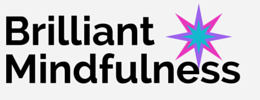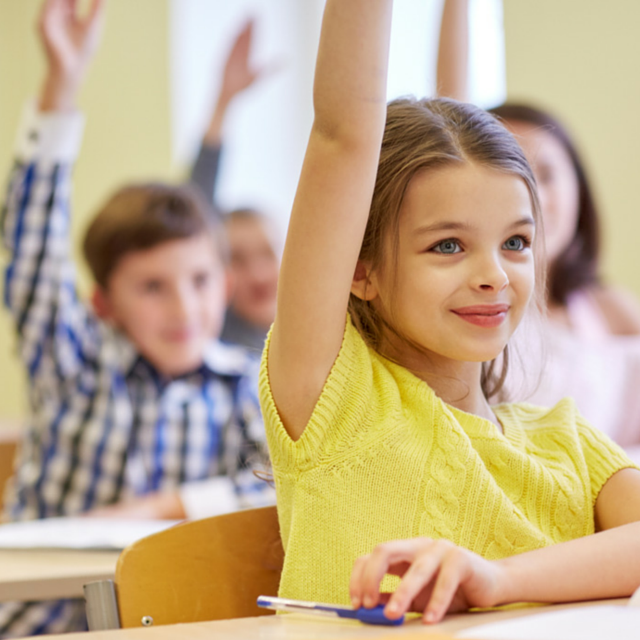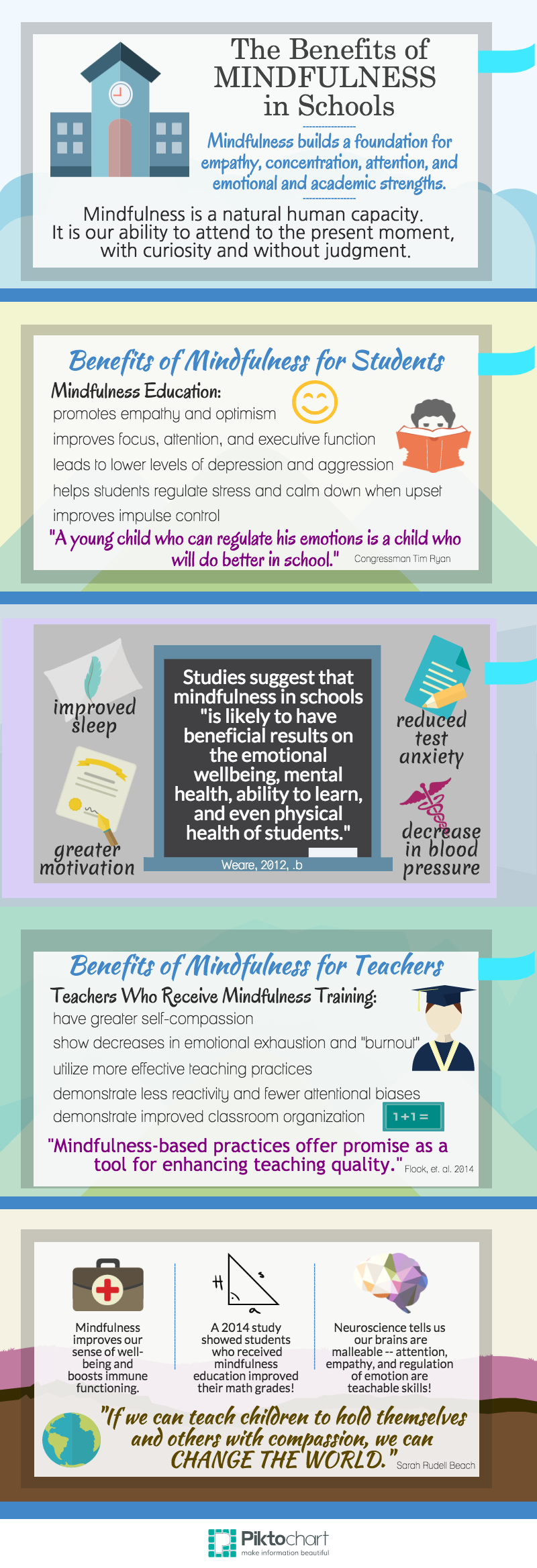Reading, ‘Riting, ‘Rithmetic, and Reflection? We’re learning more and more about the benefits of teaching mindfulness in schools! A few months ago, the University of British Columbia released the results of a randomized controlled study of fourth- and fifth-graders who participated in a mindfulness program in their classrooms (published in the journal Developmental Psychology).
The results were impressive. According to the write-up in Time magazine, “Compared to the kids in the social responsibility program, children with the mindful intervention had 15% better math scores, showed 24% more social behaviors, were 24% less aggressive and perceived themselves as 20% more prosocial. They outperformed their peers in cognitive control, stress levels, emotional control, optimism, empathy, mindfulness and aggression.”
I teach mindfulness to high school students, and they tell me they use mindfulness practices to help them focus in class, to remain calm when something upsets them, and to deal with stress and anxiety. I teach mindfulness classes for teachers, and those teachers share with me that mindfulness has made them more attentive and compassionate in their work with students.
The infographic below summarizes the latest research about the impact of mindfulness in our schools — it definitely seems to be time to add a 4th “R” to a well-rounded education!
Interested in bringing mindfulness to your school? Check out our programs for students and teachers, or contact us here for more information!




